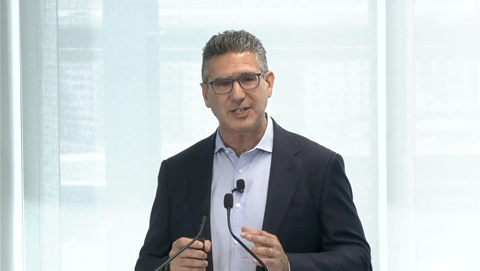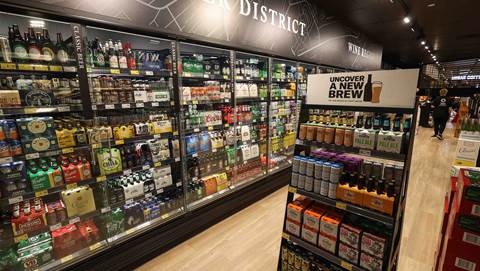Robotics company Advanced Navigation has unveiled a new robotics facility for autonomous systems at the University of Technology Sydney tech lab.

According to the company, the facility will scale up the manufacturing of Advanced Navigation’s AI navigation systems for GPS-denied environments, including its digital fibre-optic gyroscope (DFOG) technology, Boreas.
Adopting a vertical integration framework, the facility houses equipment and processes for automated manufacturing utilising machine learning. This guarantees the delivery of reliable, durable and high-quality navigation systems.
Xavier Orr, CEO and co-founder at Advanced Navigation said there is a critical need to improve Australia’s economic complexity and sovereign capabilities.
“A key step is to build our industrial capacity in high-tech, as well as drive knowledge exchange and propel collaborative initiatives between government agencies, academic institutions and industry leaders,” he said.
In addition to the manufacturing capability, the facility will be home to extensive research collaborations between Advanced Navigation and UTS.
This will expedite the commercialisation of several impactful technologies including light detection, altimetry and velocimetry systems, cloud ground control and guiding visually impaired passengers.
Chris Shaw, Advanced Navigation CEO and co-founder said this new facility will help drive rapid growth in Australia’s STEM industry.
“Determined to be the catalyst of the autonomy revolution, we are commercialising technologies that are key to addressing some of humanity’s biggest challenges,” he said.
“We are honoured to partner with UTS, who has a reputation for supporting multidisciplinary research and opening access to next-generation technologies.”
Advanced Navigation is one of only four companies in the world with the capability to manufacture strategic grade fibre-optic gyroscopes. This technology empowers reliable navigation for marine vessels, space missions, aerospace, defence, autonomous vehicles and flying taxis.
According to Advanced Navigation, the facility appeals to the Federal Government’s ongoing commitment towards building a science, technology, engineering and mathematics (STEM) workforce. It is set to drive employment in robotics, manufacturing, photonics, mechatronics and mechanical engineering and other fields.


.png&h=140&w=231&c=1&s=0)






.png&w=100&c=1&s=0)

 iTnews Benchmark Security Awards 2025
iTnews Benchmark Security Awards 2025
 Digital Leadership Day Federal
Digital Leadership Day Federal
 Government Cyber Security Showcase Federal
Government Cyber Security Showcase Federal
 Government Innovation Showcase Federal
Government Innovation Showcase Federal
 Digital NSW 2025 Showcase
Digital NSW 2025 Showcase












_(1).jpg&h=140&w=231&c=1&s=0)



